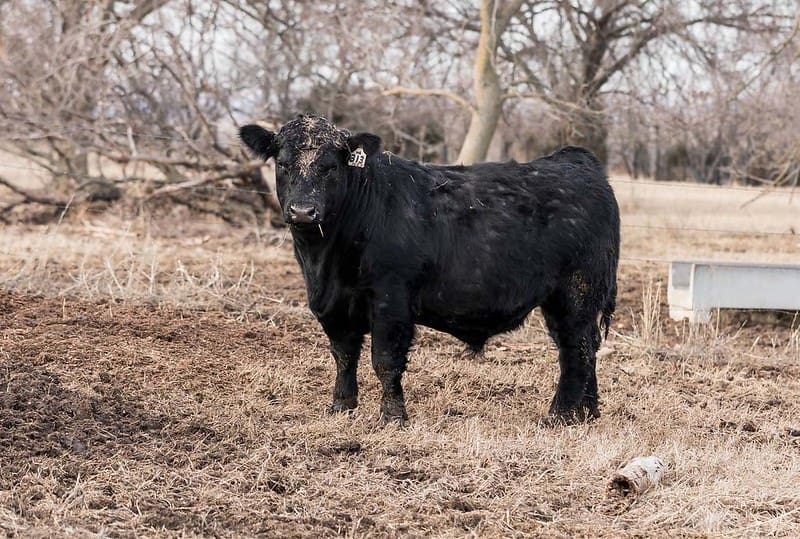Beef producers pay close attention to their bulls’ condition in preparation for the breeding season. Experts from Kansas State University’s Beef Cattle Institute emphasized the importance of bulls being in peak body condition. In a recent episode of the Cattle Chat podcast, K-State beef cattle nutritionist Phillip Lancaster and veterinarian Brad White offered advice on how to assess bull body condition.
“Just like with cows, bull body condition is evaluated by looking at the amount of fat the bull is carrying on his back, ribs, and hooks and pins,” Lancaster said. “To change a score, it requires a shift of about 7% of their body weight.”
He gave the example of a 2,000-pound bull, where a 150-pound weight change resulted in a shift in body condition score. In comparison, Lancaster explained that a cow’s body condition score changes with a 100-pound weight shift, due to differences in size and muscle mass.
“As an animal moves from one point on the body condition score to another, they are either gaining or losing body fat and potentially muscle mass,” Lancaster said. “If they start with a lower body condition score and lose weight, that change will lead to a decline in more muscle mass than fat. Conversely, if they are at the other end of the scale, the animal will lose more fat than muscle mass.”
This is especially important for yearling bulls, who are still growing. Yearling bulls generally have a different body condition compared to mature bulls at pasture turnout, and the goal is to ensure they are in a positive energy balance before the breeding season so they can maintain it throughout. Since bulls are larger than cows, it takes more time to adjust their body condition score due to their greater weight. Now is the time to ensure bulls are in the right condition, allowing them enough time to gain weight before turnout.













